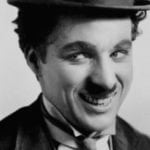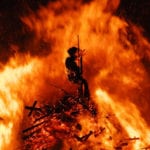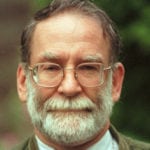 Weird Stuff
Weird Stuff  Weird Stuff
Weird Stuff  Miscellaneous
Miscellaneous Top 10 Things Crypto Was Supposed to Change & What Actually Did
 History
History 10 Huge Historical Events That Happened on Christmas Eve
 Music
Music 10 Surprising Origin Stories of Your Favorite Holiday Songs
 History
History 10 Less Than Jolly Events That Occurred on December 25
 Weird Stuff
Weird Stuff 10 Funny Ways That Researchers Overthink Christmas
 Politics
Politics 10 Political Scandals That Sent Crowds Into the Streets
 Weird Stuff
Weird Stuff Ten Bizarre Facts About The Doge Meme
 Our World
Our World 10 Ways Your Christmas Tree Is More Lit Than You Think
 Movies and TV
Movies and TV The 10 Coolest Stars to Set Sail on The Love Boat
 Weird Stuff
Weird Stuff 10 Fascinating Facts You Might Not Know About Snow
 Miscellaneous
Miscellaneous Top 10 Things Crypto Was Supposed to Change & What Actually Did
 History
History 10 Huge Historical Events That Happened on Christmas Eve
Who's Behind Listverse?

Jamie Frater
Head Editor
Jamie founded Listverse due to an insatiable desire to share fascinating, obscure, and bizarre facts. He has been a guest speaker on numerous national radio and television stations and is a five time published author.
More About Us Music
Music 10 Surprising Origin Stories of Your Favorite Holiday Songs
 History
History 10 Less Than Jolly Events That Occurred on December 25
 Weird Stuff
Weird Stuff 10 Funny Ways That Researchers Overthink Christmas
 Politics
Politics 10 Political Scandals That Sent Crowds Into the Streets
 Weird Stuff
Weird Stuff Ten Bizarre Facts About The Doge Meme
 Our World
Our World 10 Ways Your Christmas Tree Is More Lit Than You Think
 Movies and TV
Movies and TV The 10 Coolest Stars to Set Sail on The Love Boat
10 Of History’s Most Scandalous Women
A “scandalous woman” is pretty much any woman who stepped out of the socially acceptable rules for women in her society, and throughout history, that description could mean practically anything. In other words, you could essentially retitle this list “10 Women Who Did Something Other Than Become A Wife And Mother.”
Many of these women would be dealt with through violence or general mistreatment, but they still rose up despite the pressure to conform. Whether it be through displays of love, knowledge, or passion, the following women truly scandalized their societies with their antics.
10 Julie D’Aubigny

Julie d’Aubigny was a sword fighter and opera singer who lived during the late 1600s and early 1700s. Julie dressed as a boy from an early age and frequently learned alongside boys, being taught dancing, reading, drawing, and fencing.[1]
In her adulthood, when a woman she loved was put into a convent by her parents, Julie plotted to break her out by stealing a dead nun’s corpse, placing it in her lover’s bed, and setting it on fire. The two managed to escape together, but the affair would eventually end. She once met a man who insulted her, and she challenged him to a duel. She won when she pierced him through the shoulder. While he was recovering, Julie went to visit him in the hospital, and they struck up a romantic relationship and a lifelong friendship.
Julie d’Aubigny was, of course, very shocking during her day and caused plenty of uproar, once even being sentenced to death by fire. She died tragically young, having only lived to her thirties.
9 Hypatia
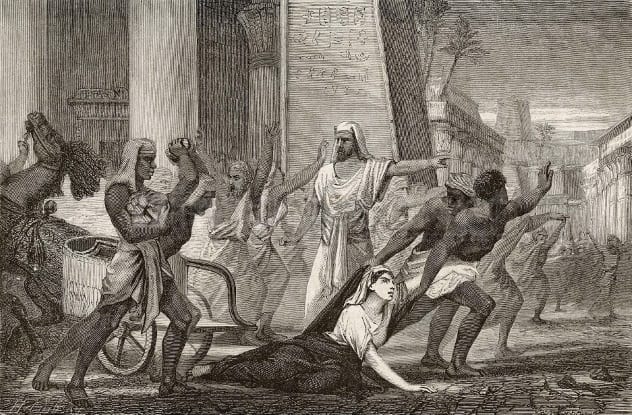
Hypatia was a mathematician, astronomer, and philosopher. Her work has mostly been lost to time because of the extreme misogyny of her day.[2]
Hypatia’s father was an intellectual man who raised his daughter with an education usually reserved for lucky men. She would later go on to fill many male-dominated roles of her day. She became a teacher, was well-liked by her students, and was a respected scholar, but this would end with the rise of Christianity. In AD 415, a mob of Christians pulled Hypatia off her chariot, dragged her into a church, stripped her naked, and beat her to death with roofing tiles. After her death, they dismembered her corpse and burned it.
What did she do to deserve such a heinous death? Well, according to the Christians: witchcraft. The truth, however, is that she was a hindrance to the political ambitions of the Christians. Hypatia was not a Christian, and she publicly spoke about non-Christian philosophies, which, in their minds, made her a great threat. She also had powerful friends, including the governor of Alexandria, which put an even bigger target on her back.
Since her death, Hypatia has become a symbol of religious persecution and intolerance, even being dubbed a martyr of science.
8 Bettie Page
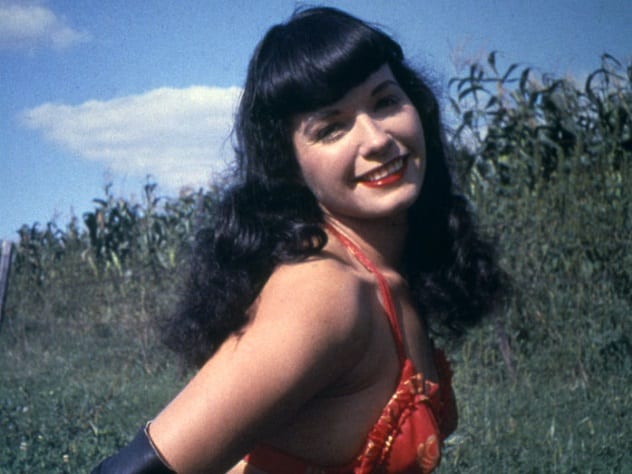
Bettie Page was popular pin-up model from the 1950s. Bettie worked with photographer Irving Klaw and took some of her most iconic photos with him, including many with BDSM themes.[3] She was also featured in one of the earliest issues of Playboy. Bettie would later disappear from the public eye and stopped modeling, either because of her newfound religious devotion or because she wanted to go back to teaching or both. She would fall on very hard times after this, having several very tumultuous marriages and suffering from failing mental health.
The late 1970s was when Bettie Page’s influence on pop culture would really be felt, after many paintings of Bettie became popular, and a comic book character based on her iconic look was created. She would reappear not long after this. She did several interviews and started to collect royalties on people using her image.
7 Margaret Campbell, Duchess Of Argyll
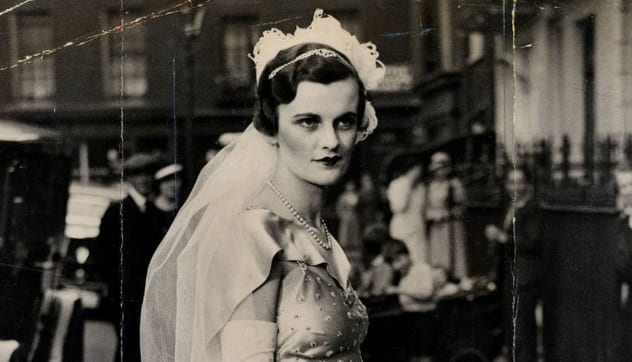
Margaret Campbell was a wealthy heiress raised primarily in the US who married a duke named Ian Campbell in 1951. By 1954, they’d both had enough of each other, and by 1959, they’d started the divorce process. This was an incredibly ugly divorce, and the things reveled during the proceedings are responsible for Margaret’s scandalous reputation. Both parties were trying to dig up dirt on the other. Private investigators were hired. In 1963, the duke managed to get his hands on Margaret’s diary as well as 13 photos, some showing her naked and performing oral sex on a man and others showing a different man masturbating.
The verdict did not go Margaret’s way, with the judge saying that she was “a highly sexed woman who has ceased to be satisfied with normal sexual activities and has started to indulge in disgusting sexual activities to gratify a debased sexual appetite.”[4] The duke himself didn’t get out completely scot-free however; he was blackballed from his club, known as White’s, and so it seemed his reputation also suffered from the scandal.
6 Mary Wollstonecraft
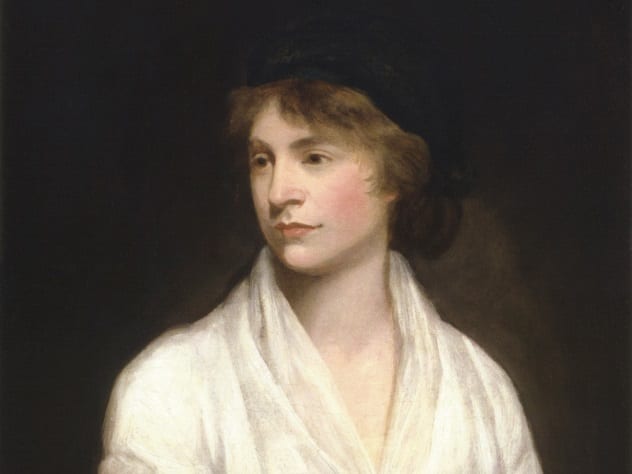
Mary Wollstonecraft was a writer, philosopher, and advocate for women’s rights in the late 1700s. One of Mary’s most famous works as an author was entitled A Vindication of the Rights of Woman. In it, she argues for a better education for women. She states that women could be not only capable wives and mothers but also capable workers, if only women were given the same opportunities as men.
Mary died 11 days after giving birth to her second daughter. After Mary’s passing, her devastated husband William Godwin decided to write her biography as a tribute to the woman he loved but shocked people when it was revealed that she’d struggled with mental health issues and that she’d had children out of wedlock. The stigma of these things would taint Mary’s legacy for decades, but she was, at the time, a key figure for the women’s movement and still inspires feminists to this day.[5]
5 Sophie Germain

Sophie Germain was a French woman who lived during the late 1700s to the early 1800s.[6] She was a woman of passion (as were many of the women featured on this list) who fought for her ambitions even as her parents and society at large forbade her from following them.
Sophie discovered her love of mathematics when exploring her father’s library. She became enamored with the story of Archimedes. She wondered why Archimedes was so passionate about math, so she decided to study all the books her father had on mathematics. She even learned Greek and Latin so that she could fully understand some of the older texts. Her parents disapproved of her interest in math because they didn’t consider it appropriate for young women.
Despite the wishes of her parents, Gerimain continued to study mathematics. She would later use the pseudonym “M. Le Blanc” so that she could obtain notes from lectures (women were not allowed to attend lectures) and began corresponding with several mathematicians, including Joseph-Louis Lagrange and Carl Friedrich Gauss. Her work on Fermat’s Last Theorem has been widely regarded as Sophie Germain’s greatest contribution to mathematics, but in displaying to the world a woman who excelled in mathematics, it could be argued that her greatest gift to society was her example.
4 Sidonie-Gabrielle Colette
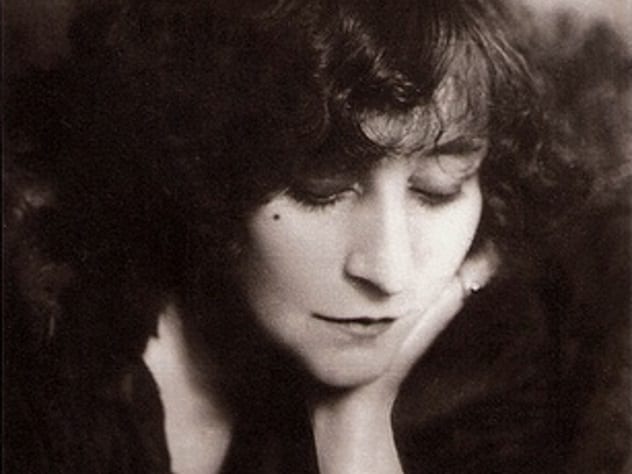
Sidonie-Gabrielle Colette, often referred to simply as “Colette,” was a famous novelist during the early to mid-20th century. Colette’s writing often dealt with sexual themes and other taboo topics. She often wrote about things she had personal experience with, like being raised in a country village or being married to an older, more worldly man.[7]
Colette was married to three men during her life. Her first husband Henri Gauthier-Villars, upon discovering her talent for writing, would lock her into rooms so that she could focus on the task at hand. She wrote four novels while she was with him. The books were published under his name, and he kept all the money they earned. Colette was also rumored to have had several love affairs with women.
She spent her final years writing and being attended to by her third husband.
3 Luisa Casati
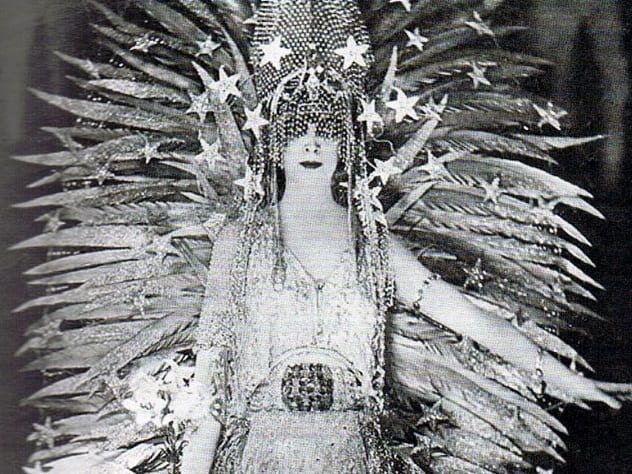
Luisa Casati (1881–1957) was a woman born into immense wealth and was known for her extravagant parties, her exhibitionism, and for her hatred for all things mundane.[8]
Originally, though, Luisa was a wealthy heiress, seemingly content to live her life as most others did. This changed when she met author Gabriele D’Annunzio. Luisa had an affair with Gabriele while she was still married, and his influence helped to cultivate the persona she became known for.
Luisa once said, “I want to be a living work of art.” And she undeniably succeeded, with her image captured in numerous paintings, sculptures, and photographs. Her reputation in the fashion world still persists to this day.
2 Tallulah Bankhead
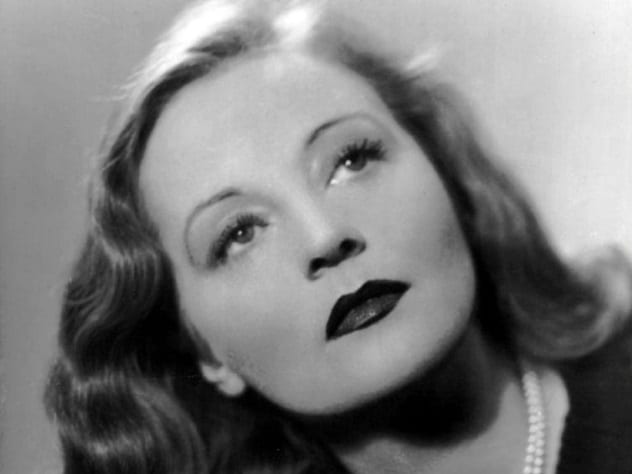
Tallulah Bankhead was an early 20th-century actress, theater performer, and occasional radio and television personality who starred in plays such as They Knew What They Wanted and The Little Foxes and movies like Lifeboat.
Tallulah was well-known for her outrageous behavior, her very skimpy outfits, and her multiple affairs with both men and women, such as John Emery, Eva Le Gallienne, and Napier Sturt. She was also a habitual drug user, once saying, “Cocaine isn’t habit-forming. I should know, I’ve been using it for years.”
By far her most controversial moment came when being interviewed: “I haven’t had an affaire for six months. Six months! Too long . . . I want a man.”[9]
1 Mae West
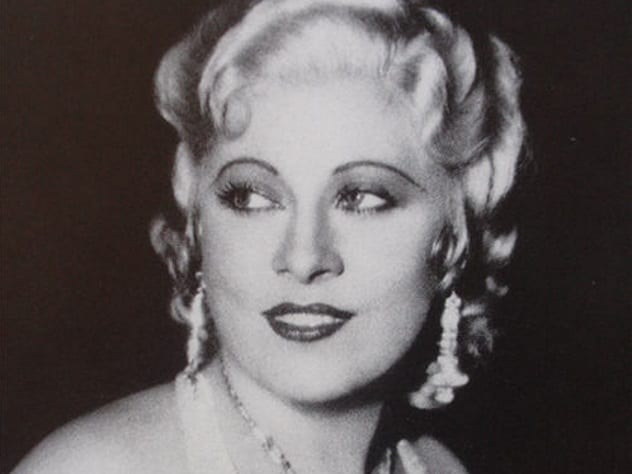
Mae West lived a life of almost constant controversy. She was a racy, sexually explicit woman who shocked, appalled, and excited her early 1900s audiences with her behavior. She was a writer, actor, and director, and her provocative behavior got her in a great deal of trouble.
In 1926, Mae wrote, directed, and starred in a Broadway play entitled Sex, which was popular with the general public but panned by critics. This production would also be Mae’s first brush with the police after the show was raided. Mae and several other cast members were arrested and prosecuted on morals charges, serving eight days in jail. Mae West would continue writing plays about controversial subjects, but smarter and wiser, she now took precautions to not be raided by the police.
Mae’s film career was also the subject of controversy. Her films were frequently censored under the Hays Code, but Mae would often get around this by using innuendos and double entendres that would confuse the censors. William Randolph Hearst was infamously furious with Mae’s film Klondike Annie, so much so that he forbade any stories about or advertisements for the film to be published in any of his publications.
Mae West passed away on November 22, 1980, at the age of 87. Her legacy in one of controversy but also one of success.[10]
Read about more amazing women on 10 Amazing Women You’ve Never Heard Of and 10 Women Warriors Forgotten By History.

